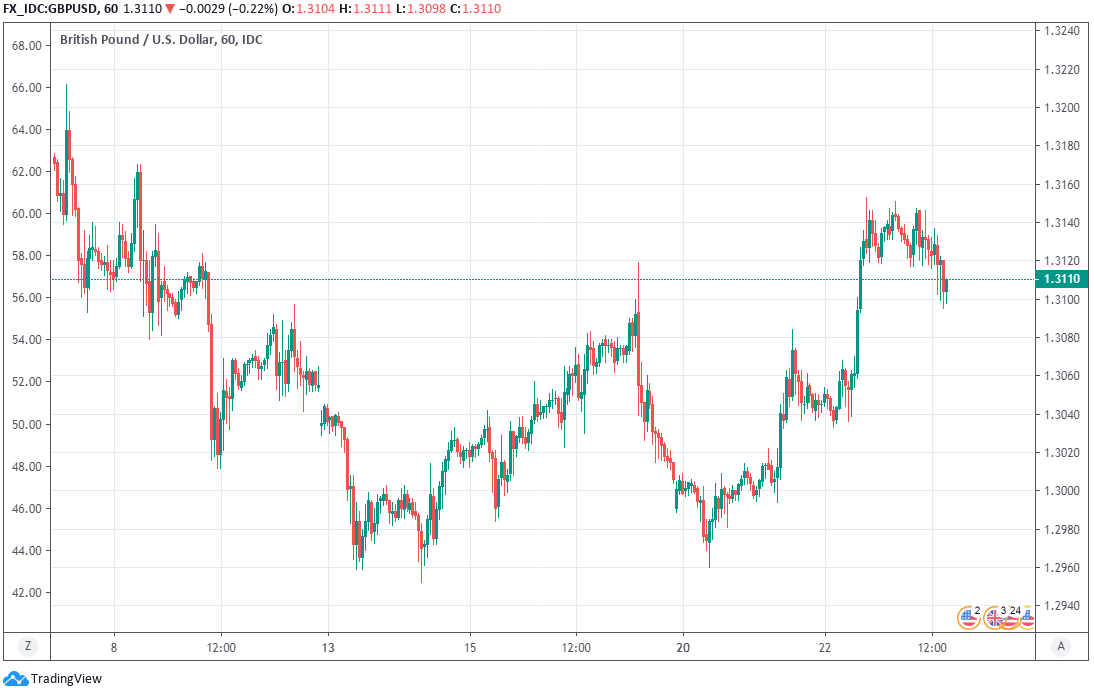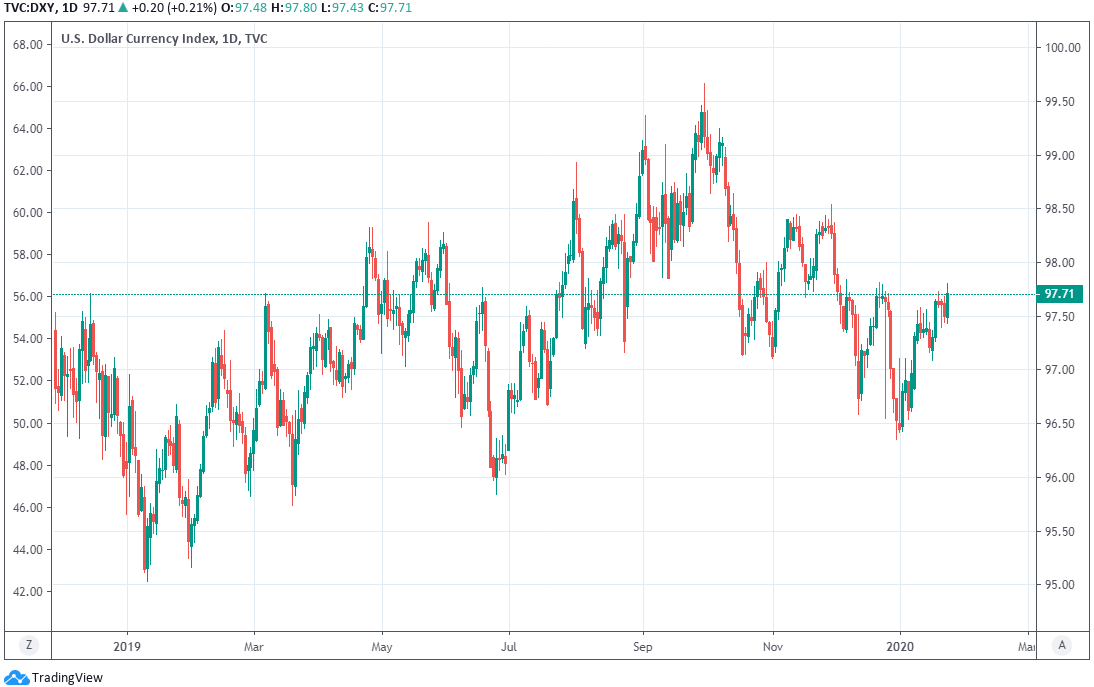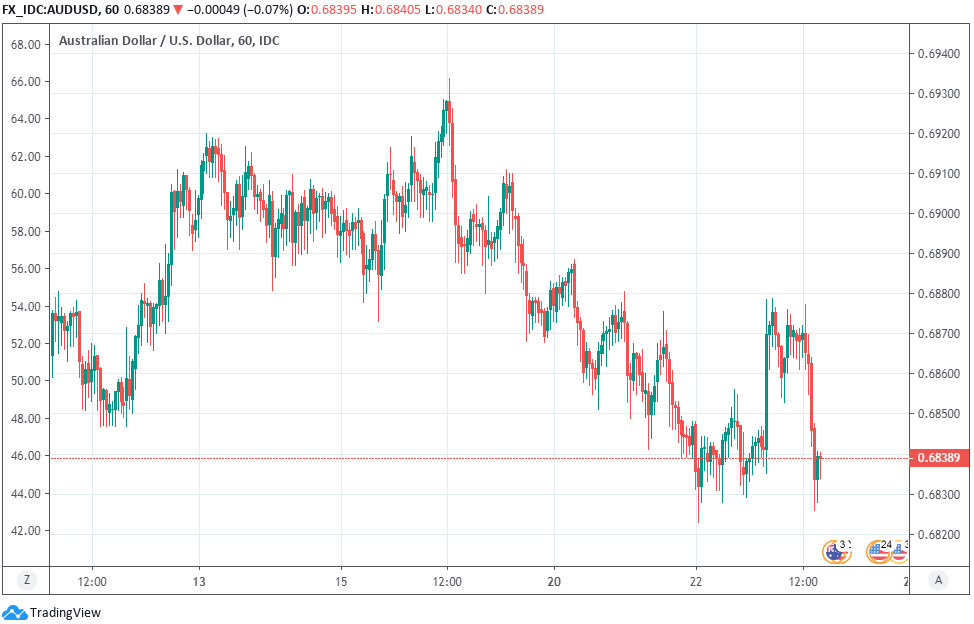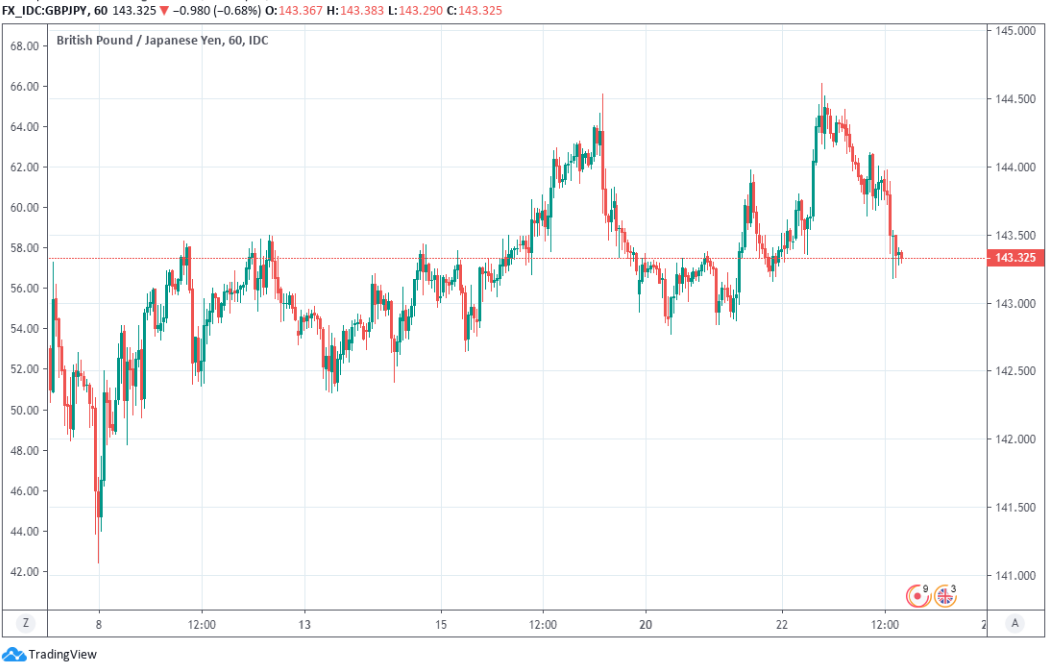Dollar Outperforms On Coronavirus Concerns as Investors Seek Safety
- Written by: James Skinner
-

Image © Adobe Images
- GBP/USD Spot rate: 1.3105, down 0.27% today
- Indicative bank rates for transfers: 1.2750-1.2842
- Transfer specialist indicative rates: 1.2912-1.2991 >> Get your quote now
Pound Sterling retreated from a strengthening Dollar Thursday as concerns about the spread of China's new coronavirus lifted safe-haven currencies while weighing on their riskier counterparts, although the British unit underperformed even the Aussie and New Zealand Dollars.
There have been reports of possible coronavirus infections in the UK including four in Scotland, one in Northern Ireland and another in London, with all suspected cases said to relate to individuals who'd recently travelled from the now-quarantined city of Wuhan in China.
A man's being treated at the Royal Victoria Hospital in Belfast for suspected coronavirus. So far the infection has killed 17 people in China https://t.co/8odlma6PLM pic.twitter.com/8IBmJoJdxp
— BBC News NI (@BBCNewsNI) January 23, 2020
The London case has since been identified as pneumonia although observation of the other possible cases is continuing.
Pound Sterling's sensitivity to changes in risk appetite has increased of late, leaving it more exposed to the whims of an often temperamental market.
And that market was increasingly focused on coronavirus the same day the Brexit bill received Royal Assent, setting the January 31 EU exit in stone.

Above: Pound Sterling retreats from the safe-haven U.S. Dollar. Chart depicts price action at hourly intervals.
China's National Health Commission said Thursday there were 571 recorded cases of a new pneumonia-like coranavirus that has already killled 17 and left a total of 95 in a critical condition after an outbreak in Wuhan City, which is located in the Hubei province. The Commission said on its Chinese language website, which is updated in a more timely manner than the English language site, the City has now been quarantined with all residents under instruction not to even attempt to leave. Public transport systems have been closed.
"Canceled tourist trips, declining retail sales, disruptions to trade/capital flows may occur in affected economies. But if the SARS epidemic of 2003 is any guide, economic impacts are likely to be temporary and smaller than suggested by media reports and model estimates," says Krishen Rangasamy at National Bank of Canada. "It’s still early days in the crisis, but note that the fatality rate at this writing was around 2%, compared to roughly 10% for SARS."
Fears have mounted this week over the outbreak of the new strain of virus, which is thought to be similar to the severe-acute-respiratory-syndrome infection that killed 1-in-10 of the more-than 8,000 people it infected between 2002 and 2003, after it emerged the disease can be transmitted between humans.

Above: Dollar Index shown at daily intervals.
Analysts and some medical commentators have been quick to play down the threat posed by the new virus given its apparent low mortality rate, which was just 3% on Thursday and much lower than the 10% rate of the deadly SARS virus. However, if the 97 Chinese sufferers who're said to be in critical condition do ultimately succumb to the disease then the mortality rate could rise to 19%, which would be almost twice that of SARS.
The disease has spread further this week, with the number of reported cases rising from 440 on Tuesday to 571 by Thursday while the number of fatalities has almost doubled from 9 to 17 within that time.
"We are encouraged that world governments acted swiftly this time, helped by prompt disclosure of the outbreak in China. Moreover, lessons learnt from the 2003 event should also make the ongoing response of public health agencies more effective," Rangasamy in a research note Thursday.

Above: Australian Dollar retreats from safe-haven U.S. Dollar. Chart depicts price action at hourly intervals.
A pneumonia-like pandemic would have the capacity to severely hamper economic activity anywhere but there's now a risk of one in what is not only the world's second largest economy, but also its most populous country. That's why oil prices, other commodities and stock markets were all lower on Thursday while the safe-haven Dollar and Japenese Yen were higher across the board.
The World Health Organization said Thursday it's too early to declare the outbreak an international emergency, although it also said the panel of experts that made the decision was divided almost down the middle in its opinion and that the decision could change over the coming days.
"The fresh concerns linked to the corona virus are driving usual risk off patterns and we have the US 10-year treasury benchmark pressing below 1.75% this morning – helping the JPY stronger across the board – a deepening of these kinds of developments are the only readily apparent source of JPY volatility," says John Hardy, chief FX strategist at Saxo Bank. "Sterling's ambitions are curtailed by the latest risk off patterns and USD and JPY firmness."

Above: Pound Sterling retreats from the safe-haven Japanese Yen. Chart depicts price action at hourly intervals.




